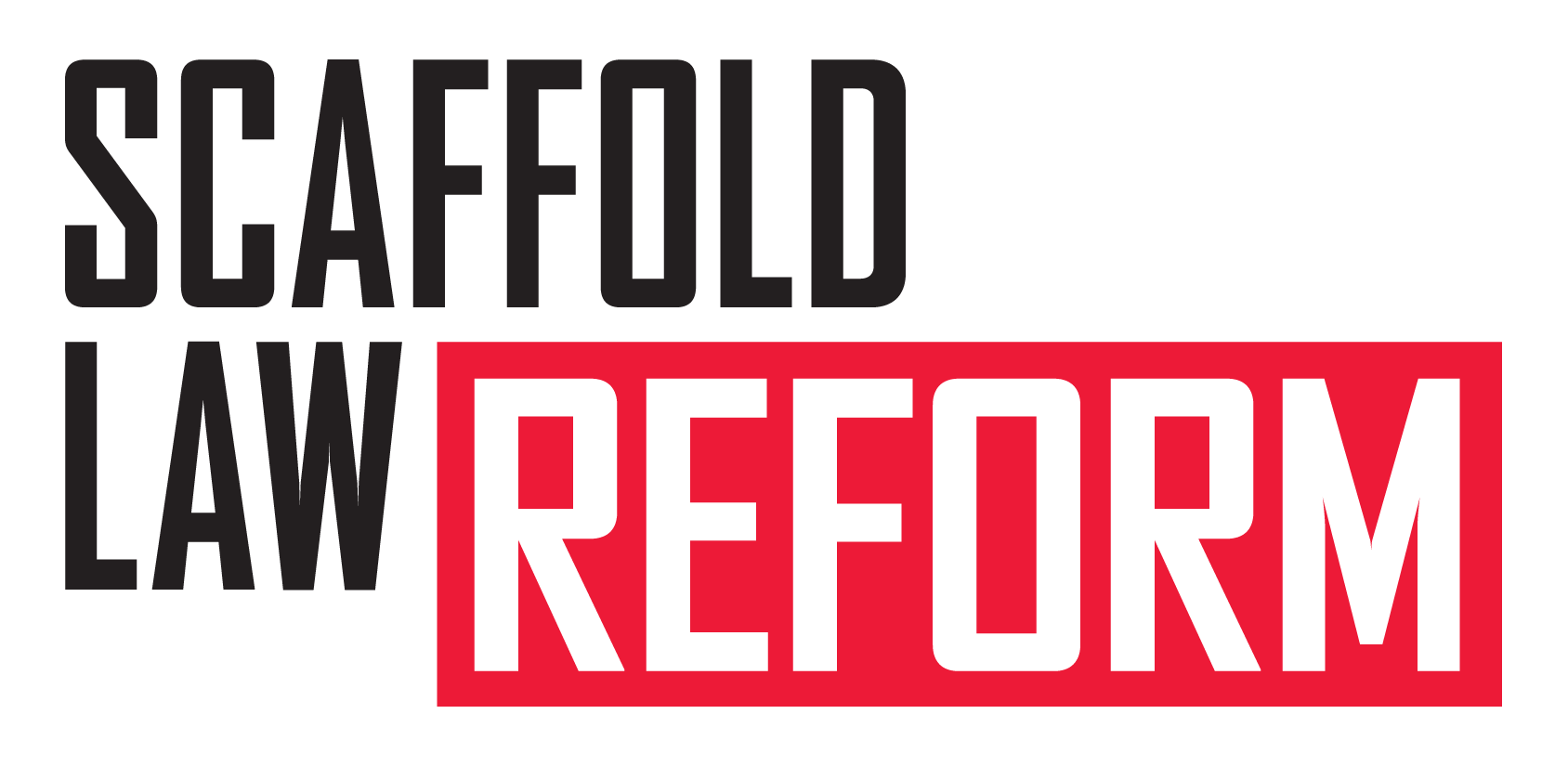By Kent Diebolt
 One of the state-specific challenges of doing business in New York has to do with two little-known New York State Labor Law statutes from the late 19th Century. Described as necessary and good laws when they were passed in 1885, things have changed in the last century, particularly with the advent of mandatory Workers’ Compensation insurance and federal Occupational Safety and Health Administration (OSHA) regulations passed in the early 1970s.
One of the state-specific challenges of doing business in New York has to do with two little-known New York State Labor Law statutes from the late 19th Century. Described as necessary and good laws when they were passed in 1885, things have changed in the last century, particularly with the advent of mandatory Workers’ Compensation insurance and federal Occupational Safety and Health Administration (OSHA) regulations passed in the early 1970s.
Intended to protect construction workers and also known as NYS Labor Laws 240/241, these statutes place “absolute liability” on the contractor and building owner for injuries or fatalities resulting from a fall from height. In cases such as this, the entire onus is on the employer and no findings of liability on the part of the employee are permitted. Liability on the part of the employer is assumed in all cases and the concept of proportionality of responsibility or use of recalcitrant worker or culpable conduct defense may not be considered by the courts and by statute, are considered irrelevant to these cases.
Findings of fault without a jury trial or damages result and judgment are made by a trial judge. However, since the defendant (employer) is de-facto guilty and cannot defend against claims, virtually all of these cases result in a guilty judgment or a settlement associated with very high costs for the insurance companies involved. Hearings for settlement amounts are made in front of a jury and since the guilty judgement has already been rendered, the awards tend to be “huge”. If they are held at all, mediation hearings essentially determine the amount of damages, since culpability has been established by statute.
At one time, all 50 states had similar legislation on their books but with the exception of New York State, these were all repealed or reformed subsequent to OSHA and worker’s compensation legislation. As a result, worker’s compensation is the sole recourse in these states unless negligence can be demonstrated on the part of the employer. Similar to the other 49 states, proposed reform of New York State’s 240/241 will not eliminate the rights of a worker to sue an employer for negligence but will allow employers to defend themselves in court. Reform would allow owners/contractors to present evidence, which is not presently allowed.
A Toxic Insurance Environment in New York State
All of this has resulted in a toxic insurance environment in New York State, with general liability and worker’s compensation premiums for companies that employ workers at height far exceeding the average rates in the rest of the country. Many insurance companies have left the New York State market because of the high frequency of successful claims, their inability to defend against claims and the severity of the rewards that result.
240/241 statures are kept in place due to political influence brought to bear primarily by labor unions and various New York State tort lawyer associations. Since a percentage of the awards are taken by the law firm, 240/241 cases represent very little risk associated with extremely high rewards to law firms trying these cases. Minor risk with very high, guaranteed returns result in a steady income stream for these law firms. Essentially, all a plaintiff’s attorney must do is establish the case as a 240/241 legal case. Historically, these cases have been broadly interpreted and are rarely turned down by the courts. Once in the courts, high rewards are all but guaranteed. Once a summary judgment is granted, interest is applied at 9% per year until the case is finally resolved.
In the last year, I have attended two excellent programs on this topic. The first was organized in March 2013 by the Greater New York Construction User Council. The second was in mid-January of this year, and was organized by the New York City Master Riggers Association, which hosted keynote speaker Tom Stebbins of the Lawsuit Reform Alliance of New York.
Tom presented historic background on 240/241, comparisons to insurance costs in other states and an excellent overview of the current situation in Albany. LRANY has also organized an industry lobbying day in Albany, set for early February. A link to download the presentation is provided below.
The issue of New York’s Labor Laws 240/241 is one that needs to be addressed. It is a major reason for the high cost of construction and buildings maintenance in New York State and is significant contributor to a lack of competitiveness both between neighboring states as well as within the state.
Additional Information
The Scaffold Law and the Campaign for Reform (Tom Stebbins’ presentation, PDF download)
Scaffold Law Reform website
Contractors and Workers at Odds Over Scaffold Law, by Kirk Semple, New York Times, December 17, 2013.
 On Tuesday, February 14th, advocates from across New York will meet at the State Capitol in Albany to urge elected officials to reform the antiquated Labor Law Sections 240/241. Evan Kopelson will be attending to show his support for scaffold reform. Here are the
On Tuesday, February 14th, advocates from across New York will meet at the State Capitol in Albany to urge elected officials to reform the antiquated Labor Law Sections 240/241. Evan Kopelson will be attending to show his support for scaffold reform. Here are the 